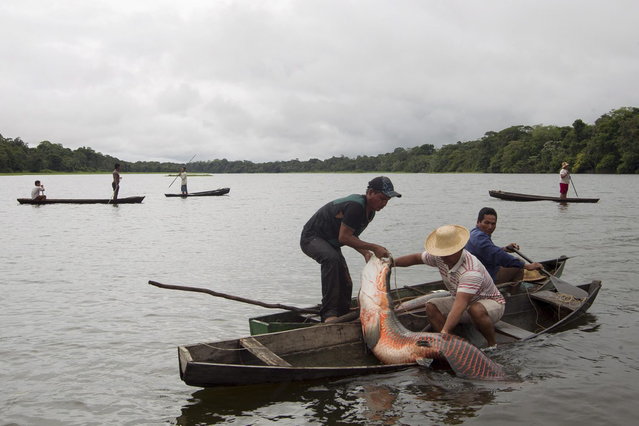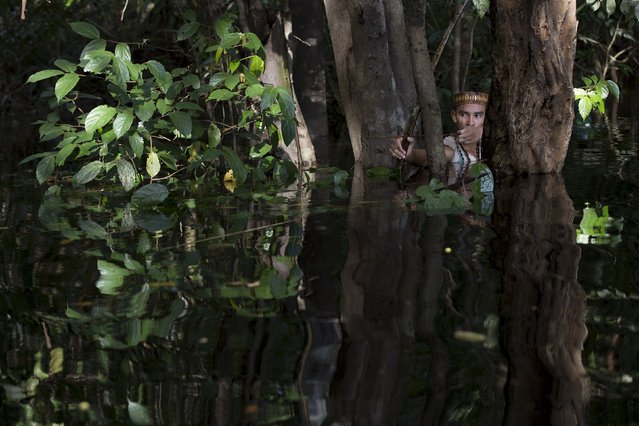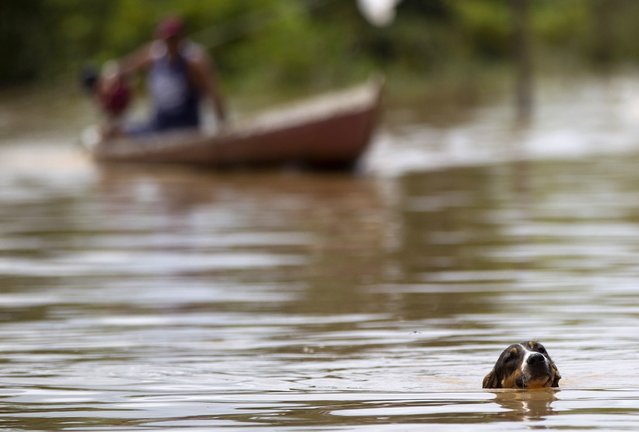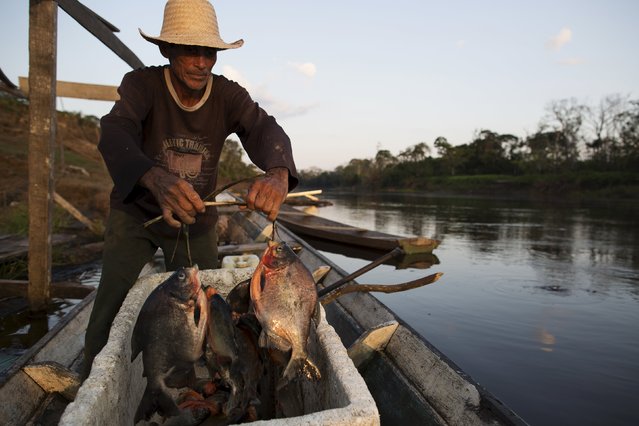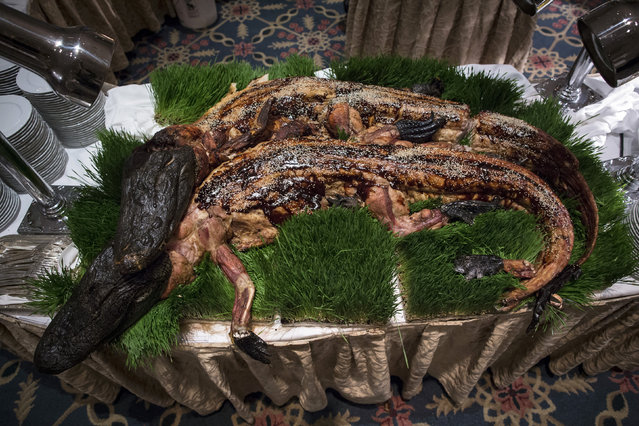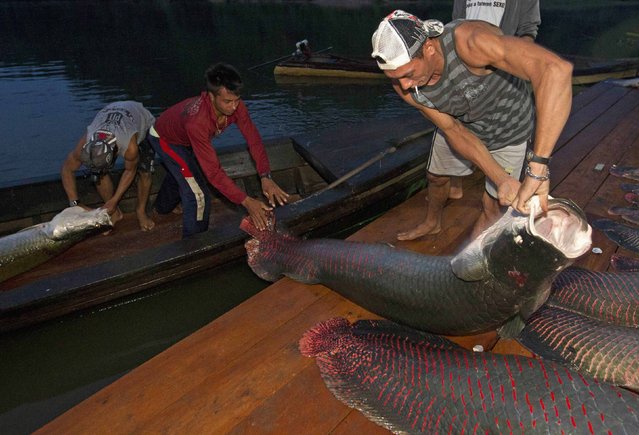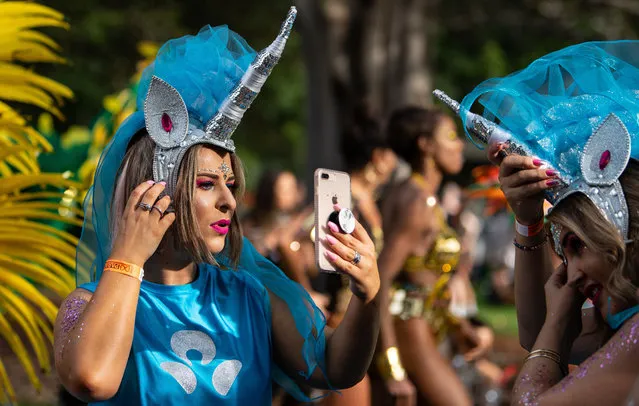
A participant prepares for the 42nd annual Gay and Lesbian Mardi Gras parade in Sydney, Australia, 29 February 2020. The Sydney Mardi Gras parade began in 1978 as a march and commemoration of the 1969 Stonewall Riots of New York. It is an annual event promoting awareness of gay, lesbian, bisexual and transgender issues and themes. (Photo by James Gourley/EPA/EFE)
04 Mar 2020 00:01:00,post received
0 comments


